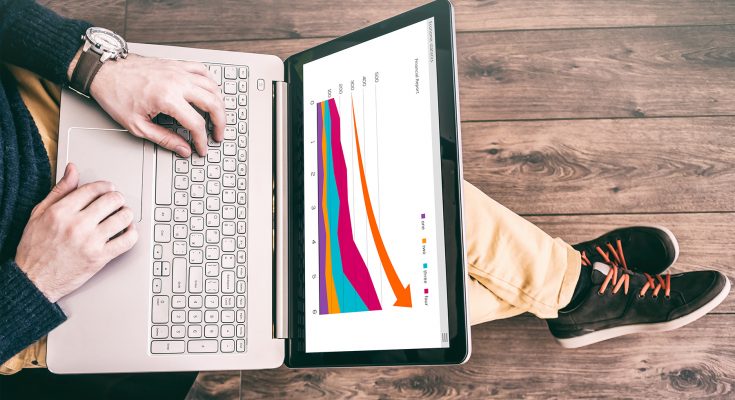Many have heard about VSA: it is really popular. But there are a lot of details. Therefore, it is necessary to understand what its essence is, what pros & cons are. The VSA method is an analysis of graphs for changes in volumes and the difference in prices for opening and closing positions (spreads). Basic concepts are:
- spread – the difference between the opening price of a position and the closing one;
- volume – the total turnover of the position for the selected period of time;
- levels – maximum and minimum of price during some period.

Major Details
- The VSA method appeared almost a hundred years ago. It was invented by Richard Wyckoff. He worked on the stock exchange as a broker and knew all the internal processes.
- Wyckoff observed how the actions of major players affect the quotes. These patterns allowed him to conclude that it is quite possible to predict quotes and fluctuations by the behavior of the market itself. And the best indicator of the beginning changes is the ratio of supply and demand. A real discovery for financial theory.
- Trader identifies four stages of the market – accumulation, distribution, growth and then distribution. Analyzing changes in prices and volumes of transactions, he made a conclusion about where and how the market would go further.
- This outstanding person determined that mathematics on the stock exchange is practically useless. Since prices change happens not according to the laws of math, but according to the laws of psychology. Quotes are influenced by people’s expectations; they provoke a growth in demand or supply. Namely human brains are the major influencer.
Pros
- It is universal or suitable for all markets: commodity, stock, currency etc.
- This approach is really unique in behavioral studies and TA. It is instrumental in both what happened to prices and what is going to happen.
- The method allows you to be sure at what stage the market is at the moment and how it will move on. At the beginning of changes, you can find the entry point or exit point with a profit for yourself.

Cons
- Lack of clarity: well-defined rules in the theory; there are no clearly delineated figures and patterns. There is a concept of strength and weakness of the market, but it is quite vague. It’s an obvious drawback for beginners who are just entering the trade. To master it, they need an experienced professional.
- The technique is poorly suited for high-frequency trading. TA works well on short timeframes. While people’s aspirations sometimes can vary in the long term.
- Unsuccessful application at Forex. This is justified by the fact that there is no single trading place. Therefore, it’s quite a deal to guess what volume is. But on the exchanges, in the stock market, with the goods the method works very well.
The experience of pioneers is always helpful and useful. Try to use this info in your work.

